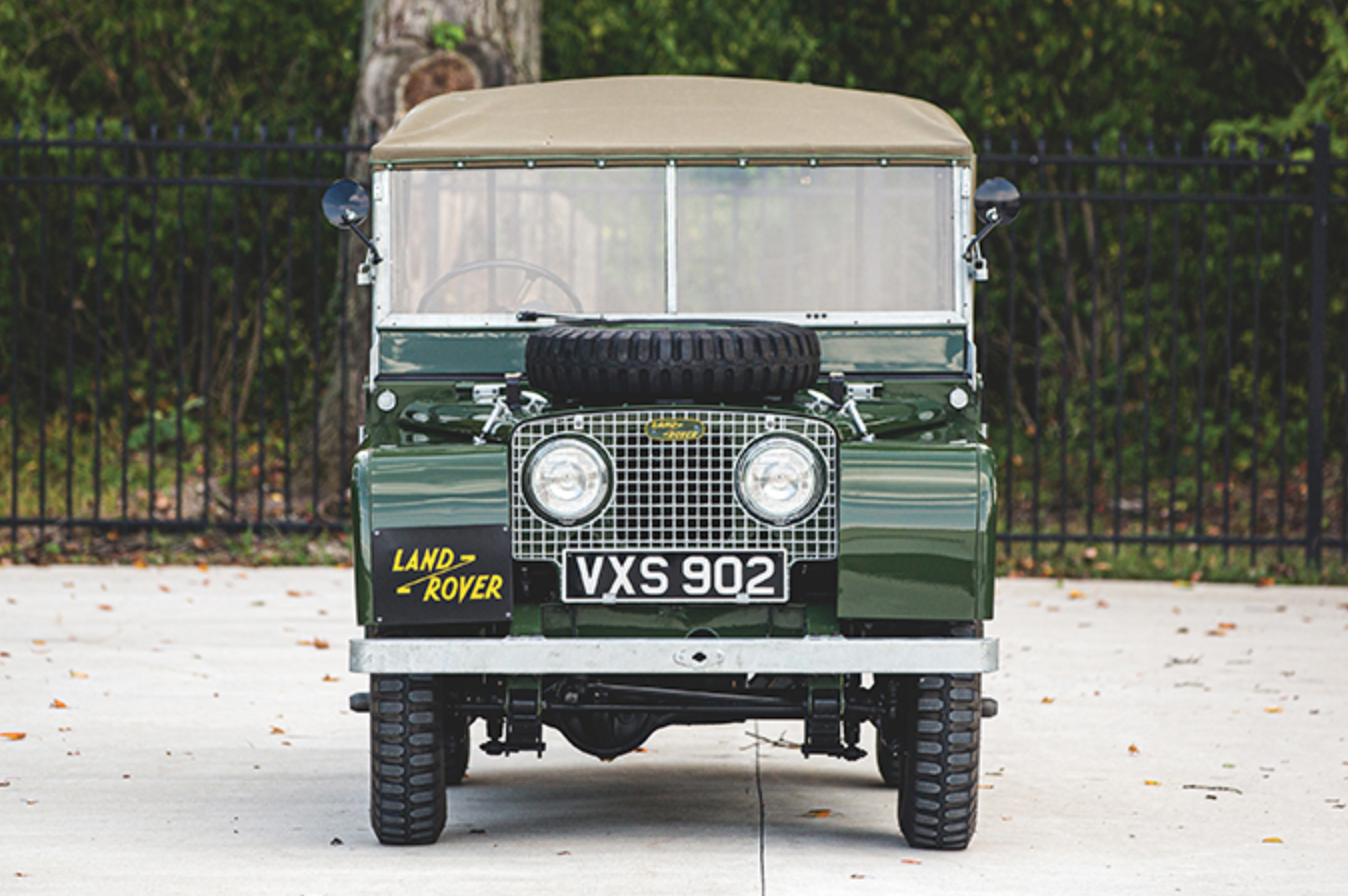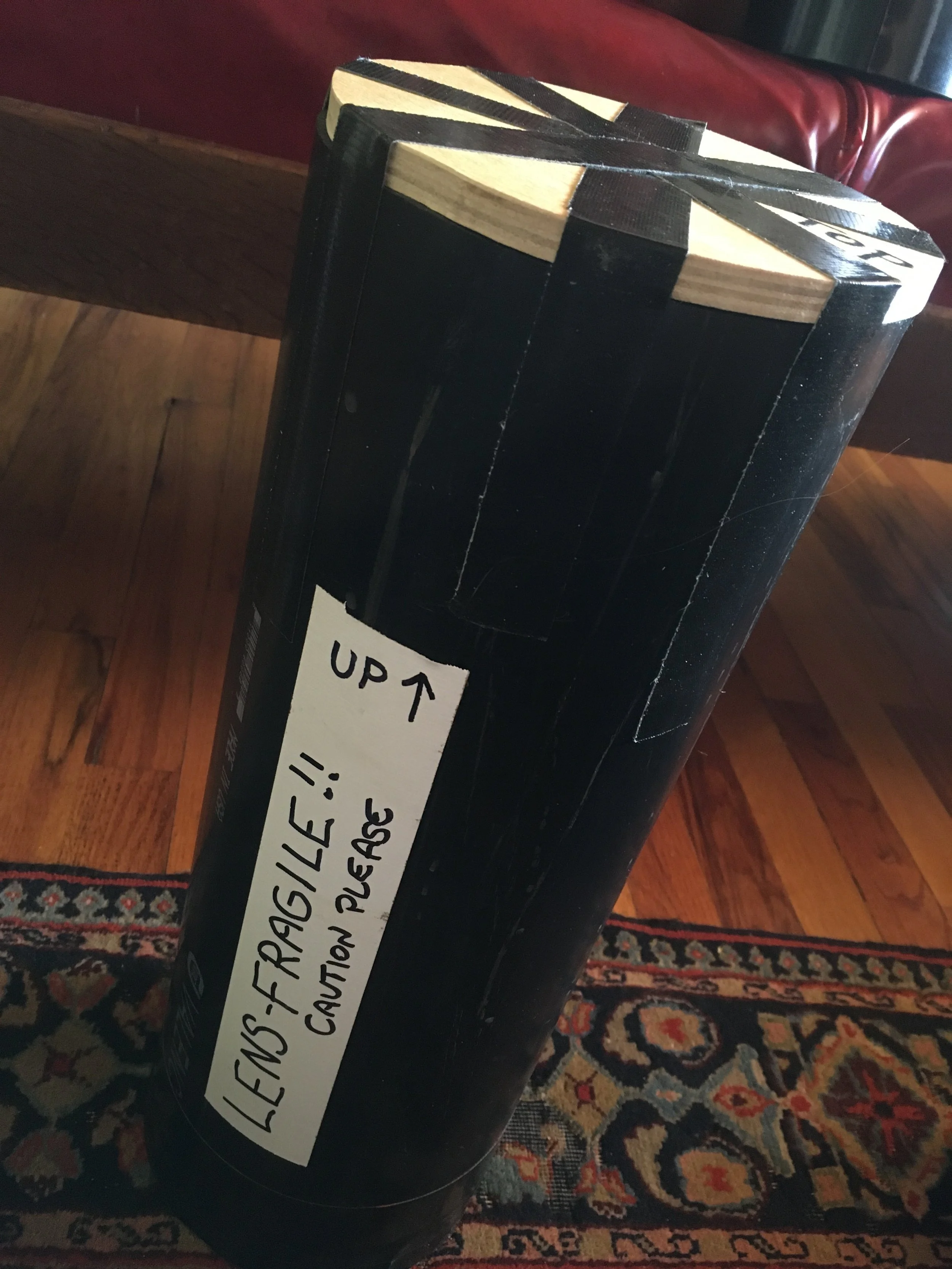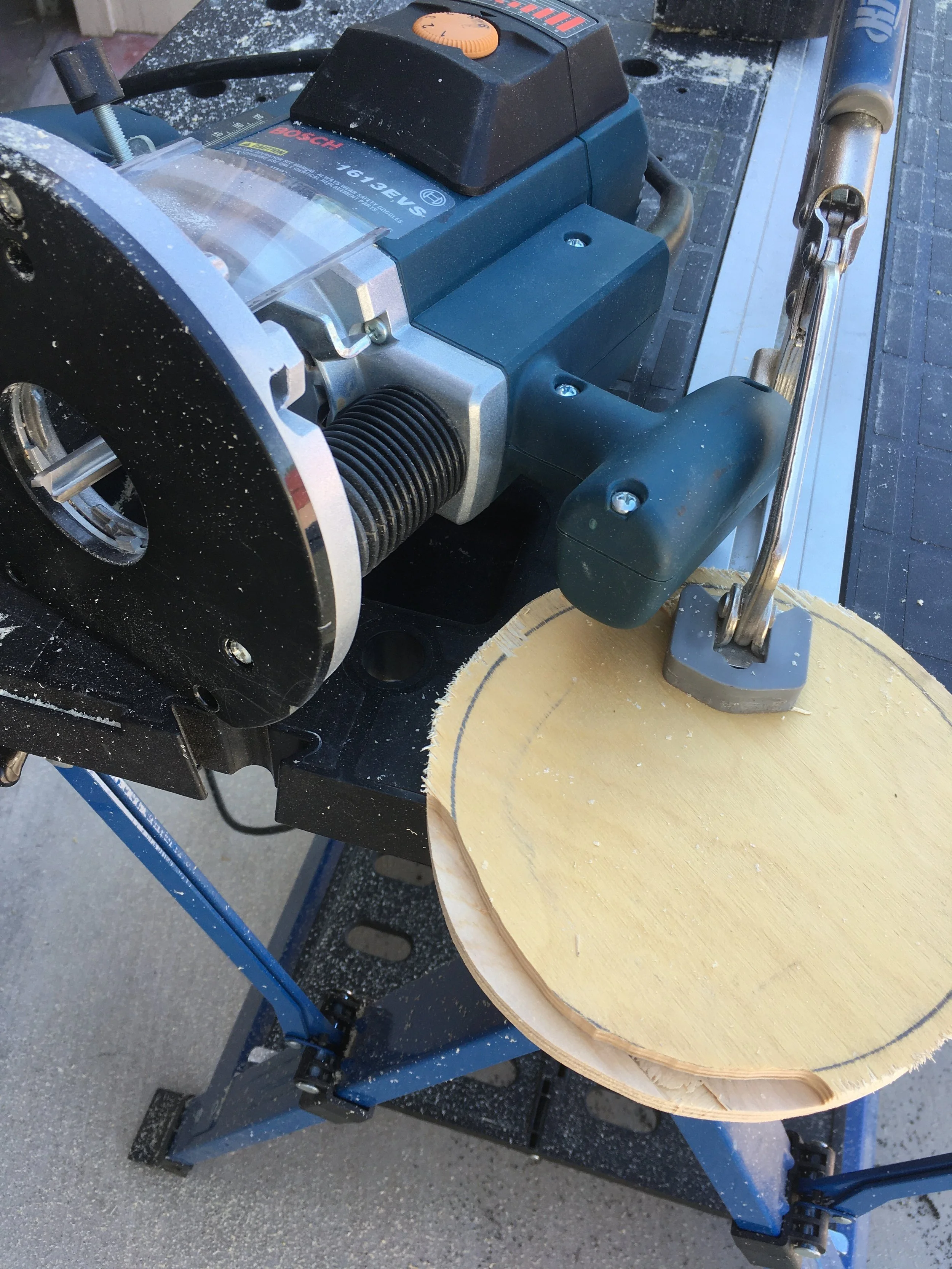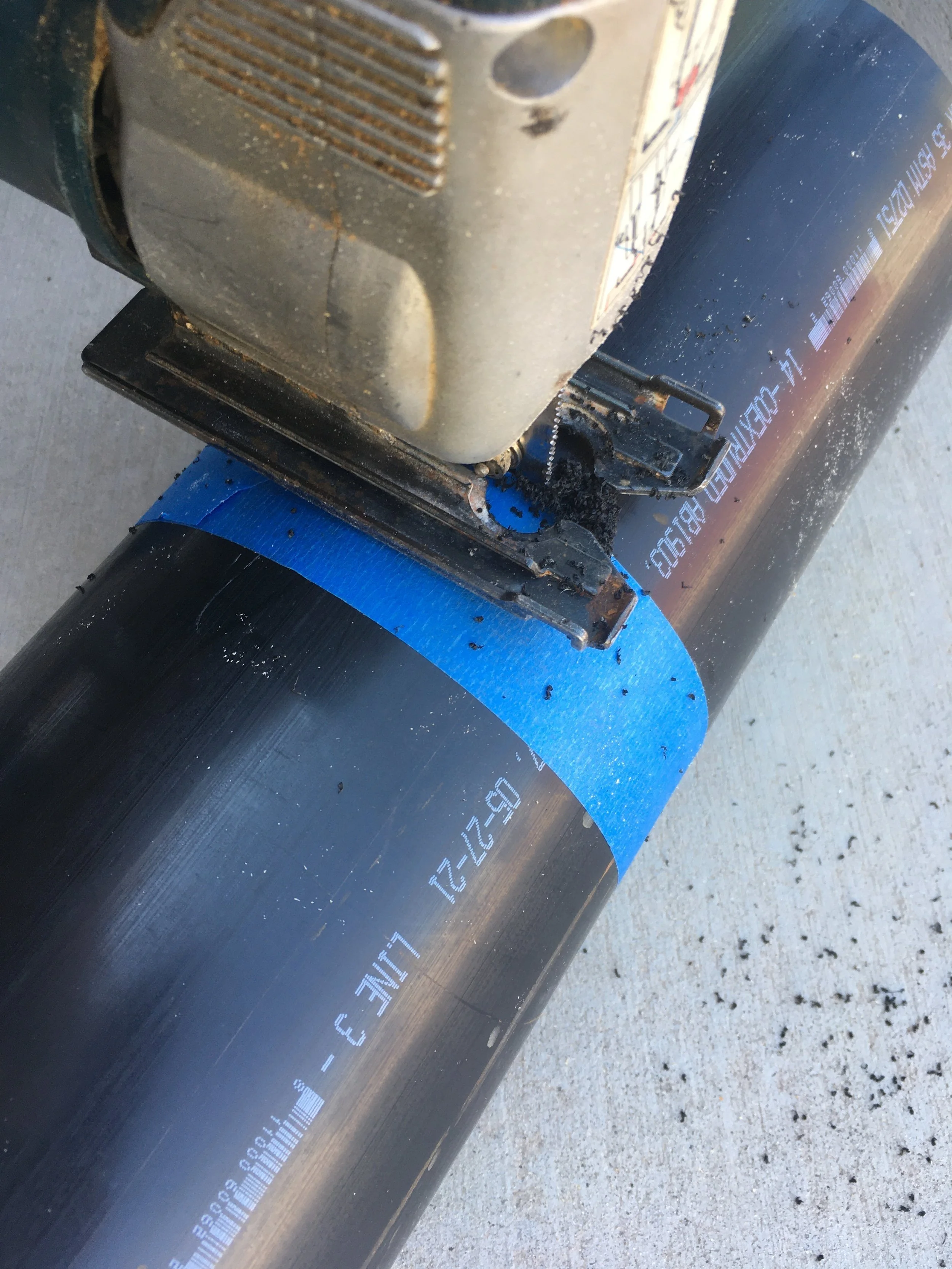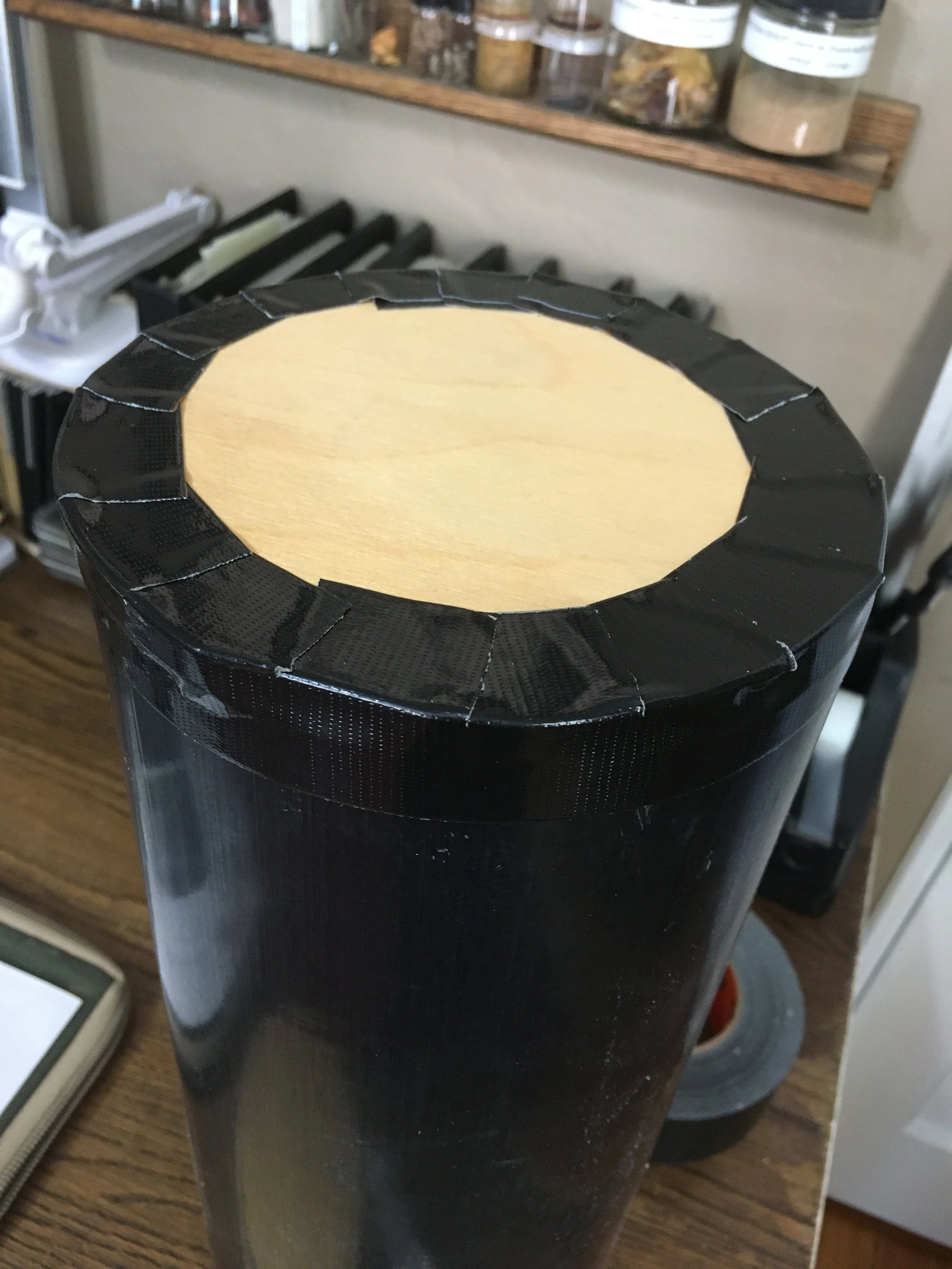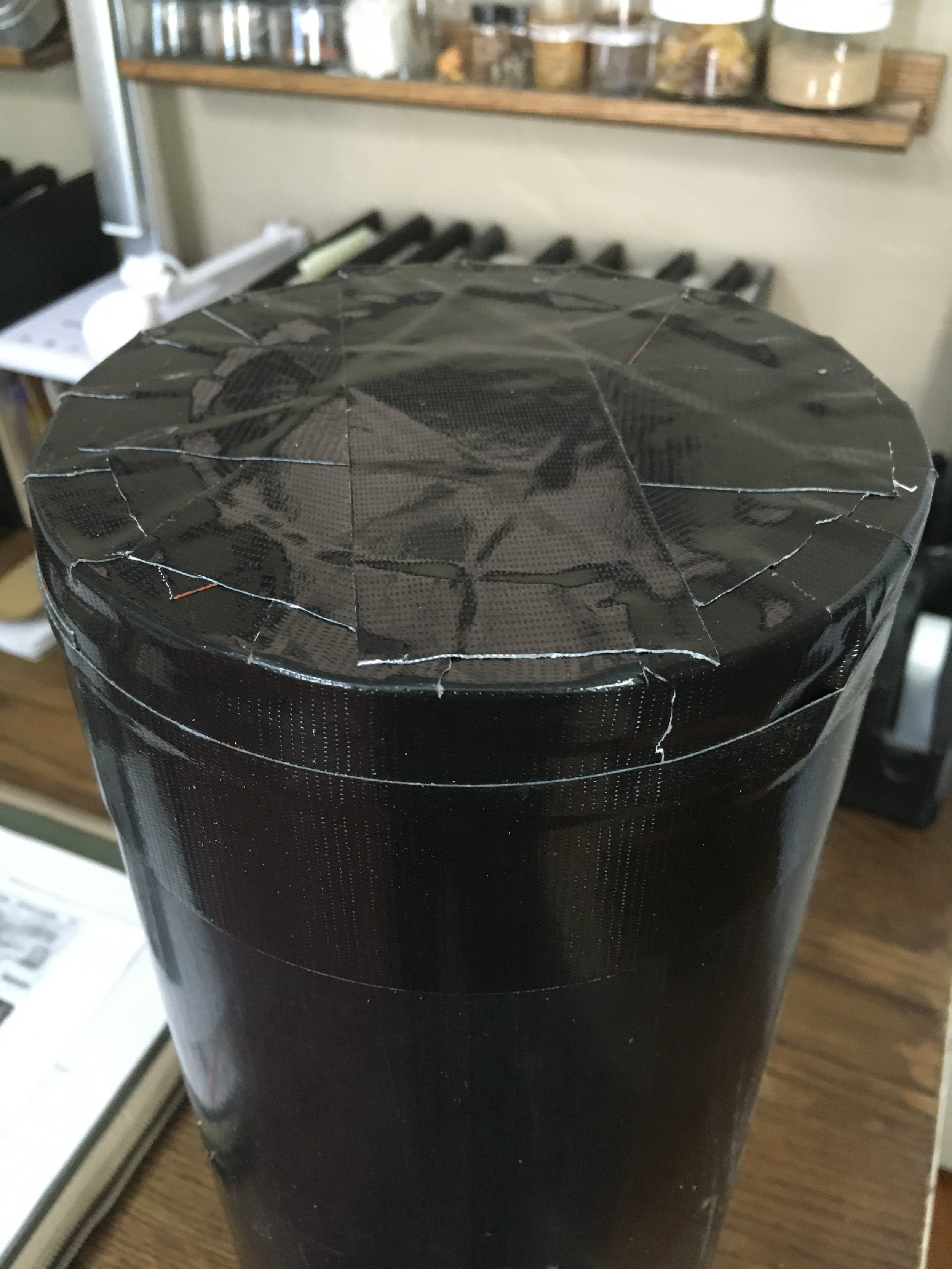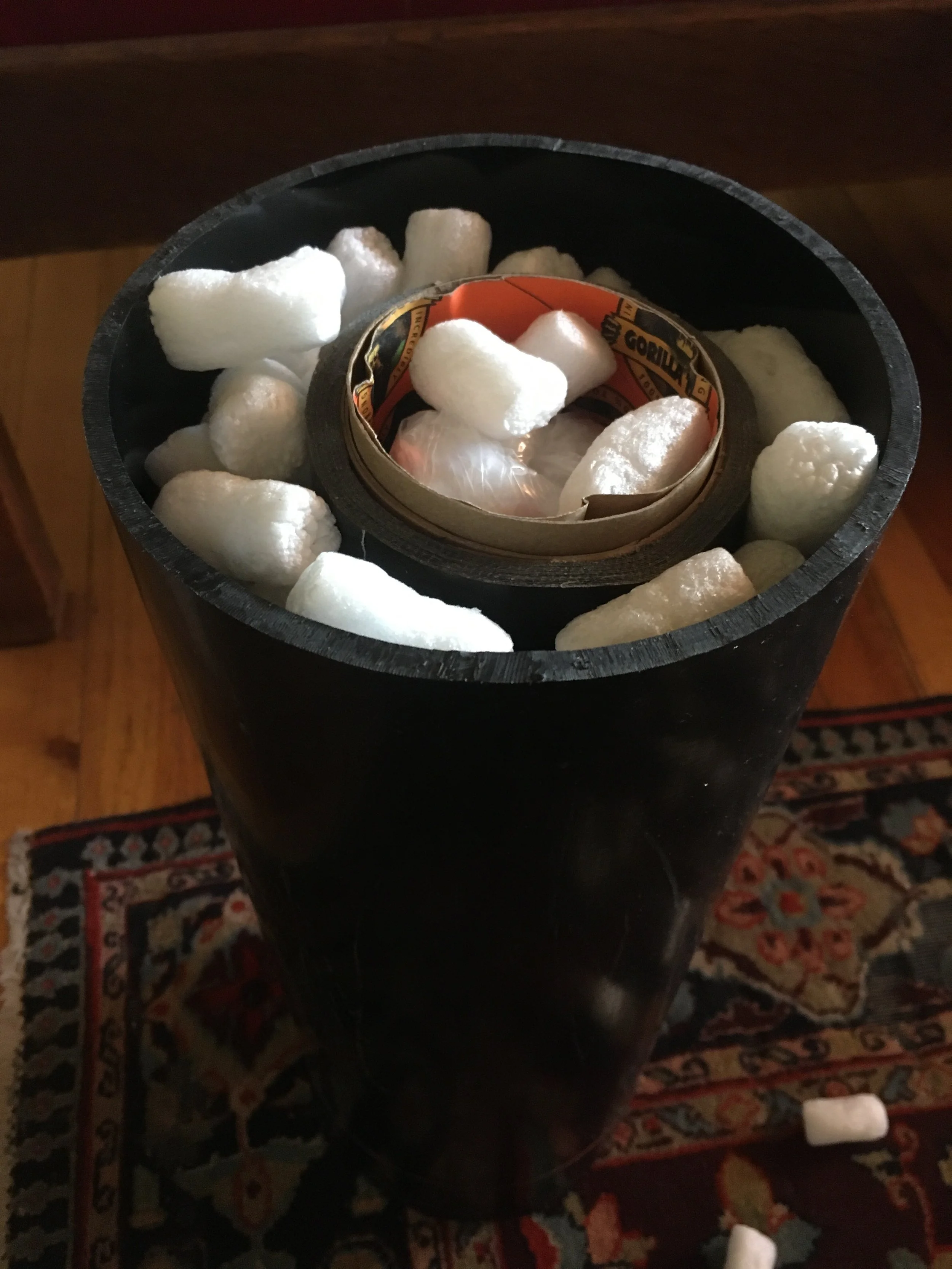
Overland Tech and Travel
Advice from the world's
most experienced overlanders
tests, reviews, opinion, and more
Can we admit the spare tire on the bonnet was a dumb idea?
I would venture to say that no single automotive feature is as widely recognized across the globe as the spare tire on the bonnet of a Land Rover.
The Rolls-Royce “Spirit of Ecstacy” winged lady is certainly in the running. Some might mention, say, the tail fins of a ’57 Chevy. But it’s certain more people have seen that spare tire in person, from the streets of London or New York to the dirt tracks of Kenya or Australia or Nepal.
But, honestly, it was a really dumb idea.
Let me hasten to say that it was much less of a dumb idea as originally configured, with the skinny 6.00 x 16 tires and 5-inch wide wheels standard on Series 1 vehicles. But the arrangement still made raising the bonnet a pain, reduced forward visibility, and presented a challenge in getting the spare off and, worse, getting a potentially muddy punctured tire and wheel back on without scratching or gouging the paint or the Birmabright itself.
Even the 6.00 tire on this Series I blocks forward vision.
With modern wheels and tires—even so modest a fitment as the 235/85 x 16 tires on our 110—near visibility is significantly hampered. Topping out on a steep climb with nothing but a BFG filling your field of vision is not fun. And lifting the bonnet is a genuine heave for anyone not stout of tricep.
Even the modest 235-section tire on our 110 is a problem.
I might also point out that, horizontal on the bonnet, the tire is much more exposed to UV degradation from sun exposure, and to heat from the engine. Finally, I’ll point out that in the event you are rear-ended in your Land Rover, the ramifications of that tire breaking free and coming back through the windshield are not pleasant.
And with wider modern tires it gets a bit ridiculous.
Advantages? Well, er . . . let’s see. It’s quicker to access and doesn’t get as dirty as a spare tucked under the rear chassis. It eliminates the “complexity” of a swingaway carrier, as on the Series Land Rovers’ primary competitor, the 40-Series Land Cruisers. And adding a swingaway carrier on a Series Land Rover is an easy way to obtain two spares for journeys fraught with tire hazards. But really the spare should have been mounted on a swingaway to begin with—perhaps with an optional second spare on the hood.
Anyway . . . it sure does look cool.
Vehicle-dependent Expedition Guide, 5th edition
The very first Vehicle-dependent Expedition Guide was published in 1998, in association with Land Rover, in a hardbound format with color photos. These first editions now sell for many times the original price.
Once Tom Sheppard took over publication on his own, with his one-man Desert Winds Publishing, he opted for a more affordable, soft-bound book with black-and-white photos. But the information contained within remained head and shoulders above any similar publication that followed it. This was due more than anything else to Tom’s background as a test pilot for the RAF, and his predilection for solo travel in the depths of the Sahara—each of them activities that punished carelessness and lack of preparation harshly. Thus VDEG (“veedeg”), as aficionados refer to it, didn’t simply offer advice on driving techniques, what to pack, and the best camp cot. The sections within also covered vehicle and team selection, vehicle modifications both recommended and not, fuel types and grades, oil viscosities, water, shipping, cooking and food, loading and lashing, communications, navigation, and much more.
The same test-pilot attention to detail drove Tom to regularly produce new editions and sub-editions to keep the book current on rapidly advancing technology, leading some of his fans to tease him about an upcoming “Edition 4.1-6a (3t).” They certainly weren’t done in an attempt to squeeze more profit from the book; Tom could have saved much work by skipping several iterations and few would have noticed.
I remember well our first meeting in 2009, after corresponding for a couple of years when I was the executive editor at Overland Journal. While Tom had always been charming via email, Roseann and I nevertheless arrived at his house north of London expecting someone imbued with at least a touch of the Top Gun attitude.
Nothing could have been further from reality. We were greeted by a slender man approaching his eighties but thirtyish spry, somehow six feet tall yet at the same time elfin. And he was if anything more charming in real life, and in the comfort of his home bore more resemblance to a slightly absent-minded Oxford professor than a death-defying test pilot; given to exclaiming, “Oh dear,” when he spilled the sugar or forgot to put out cakes with the tea. Roseann fell hard and fast, and he and I developed a lasting friendship in addition to an effortless working relationship.
In 2015 I was shocked and humbled when Tom Sheppard asked me to be the co-author of the 4th edition of the Vehicle-dependent Expedition Guide. There was good reason for him to ask someone on this side of the Pond: Overland travel had exploded in the U.S., along with hundreds of new products. As well, vehicles were changing and so were recovery equipment and techniques. Tom relied on patience and the simplest tools for recovery on his solo Sahara drives, eschewing complexities such as winches (which would benefit from scant anchor points deep in the dune fields).
That 4th edition took the better part of six months for the pair of us to completely revise and update, and for me to add a bunch of information on equipment with which Tom had no familiarity and, in some cases, little desire to have any (50-liter fridges, Tom?). We argued about his atavistic fondness for tubed tires; I lobbied for tubeless tires, plug kits, and Tyrepliers. In the end we each had a say. He let me write entirely new sections on winching and Hi-Lift (and, later, ARB) jacks, which later he also incorporated into his Four-by-four Driving, a comprehensive guide used by military special forces on at least two continents.
By the time we were finished, VDEG had grown by something like 50 pages and about a pound. And for the first two months during which Roseann and I were the North American distributors, I did little else but pack and ship VDEGs. Subsequent 4-point-something reprints incorporated the usual worthwhile Sheppard-esque detail updates, but remained similar.
Now comes the 5th edition of VDEG. This time, Tom took a deep breath and enlarged both the format and font size, making for easier reading—and, given several updated/expanded sections, also making for a book that now weighs a tick over four pounds. Perhaps even more significantly, for the first time the 5th edition is printed digitally, which has bumped the clarity and contrast in the images noticeably. Despite this, the price has risen just $5, the first price increase in six years.
Also—perhaps—significantly, this is a very limited print run. We received just 75 copies; Tom kept a similar number for Europe and elsewhere.
I always feel justified in boasting about VDEG; after all I was a fan long before I became a co-author. I remember driving 120 miles to the Land Rover dealer in Scottsdale to buy my first copy, and waiting in line while the woman ahead of me agonized over whether she wanted the leopard or elephant tire cover for her new Discovery. The book was worth the wait and the price. It still is.
Order from our shop, here.
A cheap, bombproof lens-shipping case.
For the first 30 years of my career as a writer/photographer, all my camera gear went with me on airlines as carry-on luggage, packed securely in a Pelican case. For 30 years, there were no enforced weight limits for carry-on items, so no one ever noticed that the loaded case eventually weighed upwards of 33 pounds. That changed on one flight to Australia, when the check-in clerk asked to weigh it, and actually laughed out loud when she hefted it. Pointing to the sign I hadn’t noticed that said, MAXIMUM CARRY ON WEIGHT 7KG (15 pounds), she demanded I offload half its contents into our checked baggage. There followed five minutes of panic as we rolled a couple thousand dollars worth of DSLR equipment into our clothing, stuffed it into the middle of our checked duffels, and prayed for the best. (Walking past the business-class check-in we noticed that the limit there was 14kg or 30 pounds, sort of giving the lie to our clerk’s assurance that the limits were to “balance the load.)
We were lucky and everything made it to Sydney intact, but it was obvious a new approach was going to be necessary given increasingly widespread carry-on weight limits. Henceforth I carried a single camera body and a couple lenses on board, and packed the rest inside hard cases in our luggage, knowing it would inevitably be subjected to casual treatment by baggage handlers who, even if they were conscientious, were invariably pressed for time.
Early this year I picked up one of Sony’s brilliant 200-600mm zoom lenses for my Alpha 9 camera, and decided it needed extra protection—and thanks to my long-past life as a fixer-of-most-things, I knew how I wanted to go about it.
At Lowe’s Home Improvement I picked up an ABS stand pipe, six inches in diameter and 24 inches long, for the princely sum of $8.95 plus tax. Back home I picked out a scrap piece of 3/4-inch plywood (it happened to be Baltic birch but ordinary plywood would suffice). I traced the outer circumference of the pipe twice, then traced another circle inside each, a bit more than the thickness of the pipe wall. With a jigsaw I cut out each circle, then used a router to relieve the outer edge so each cap would fit securely into each end of the pipe.
Next I set up the Sony lens next to the pipe, gauging its length with space left over for padding on each end. I marked the spot with a circumference of painter’s tape and trimmed the pipe with the jigsaw.
Nearly finished. I made sure the length was good, then used Gorilla tape to secure the “bottom” cap to the pipe, first with a piece around the edge, cut and overlapped thus:
. . . then with strips all the way across.
All that remained was to load the lens—wrapped in a plastic bag to keep it dust-free—well-surrounded by packing peanuts. On top I inserted the remainder of the roll of tape to re-secure it on the way home—and also, I hoped, to allow anyone who might open it for inspection to re-secure it.
With the top taped shut, the case felt utterly bombproof. You’d have to run over the thing with a tractor to damage it (perhaps not beyond the realm of possibility at a couple airports I know, but . . .). I still marked the outside with warnings.
Of course the case survived multiple flights to, from, and within Alaska with zero issues, and for once we felt zero stress consigning such a piece of equipment to the vagaries of checked luggage.
Total out-of-pocket cost: $8.95. Plus tax.
Hint: When using “Search,” if nothing comes up, reload the page, this usually works. Also, our “Comment” button is on strike thanks to Squarespace, which is proving to be difficult to use! Please email me with comments!
Overland Tech & Travel brings you in-depth overland equipment tests, reviews, news, travel tips, & stories from the best overlanding experts on the planet. Follow or subscribe (below) to keep up to date.
Have a question for Jonathan? Send him an email [click here].
SUBSCRIBE
CLICK HERE to subscribe to Jonathan’s email list; we send once or twice a month, usually Sunday morning for your weekend reading pleasure.
Overland Tech and Travel is curated by Jonathan Hanson, co-founder and former co-owner of the Overland Expo. Jonathan segued from a misspent youth almost directly into a misspent adulthood, cleverly sidestepping any chance of a normal career track or a secure retirement by becoming a freelance writer, working for Outside, National Geographic Adventure, and nearly two dozen other publications. He co-founded Overland Journal in 2007 and was its executive editor until 2011, when he left and sold his shares in the company. His travels encompass explorations on land and sea on six continents, by foot, bicycle, sea kayak, motorcycle, and four-wheel-drive vehicle. He has published a dozen books, several with his wife, Roseann Hanson, gaining several obscure non-cash awards along the way, and is the co-author of the fourth edition of Tom Sheppard's overlanding bible, the Vehicle-dependent Expedition Guide.

